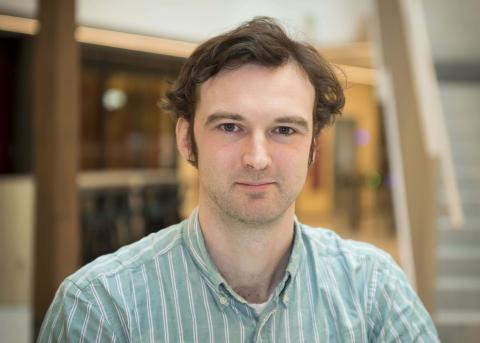Abstract
Understanding the function of a tissue requires knowing the spatial organization of its constituent cell types. In the cerebral cortex, single-cell RNA sequencing (scRNA-seq) has revealed the genome-wide expression patterns that define its many, closely related neuronal types, but cannot reveal their spatial arrangement. Here we introduce probabilistic cell typing by in situ sequencing (pciSeq), an approach that leverages previous scRNA-seq classification to identify cell types using multiplexed in situ RNA detection. We applied this method by mapping the inhibitory neurons of mouse hippocampal area CA1, for which ground truth is available from extensive previous work identifying their laminar organization. Our method identified these neuronal classes in a spatial arrangement matching ground truth, and further identified multiple classes of isocortical pyramidal cell in a pattern matching their known organization. This method will allow identifying the spatial organization of closely related cell types across the brain and other tissues.
PMID:31740815 | DOI:
UK DRI Authors

